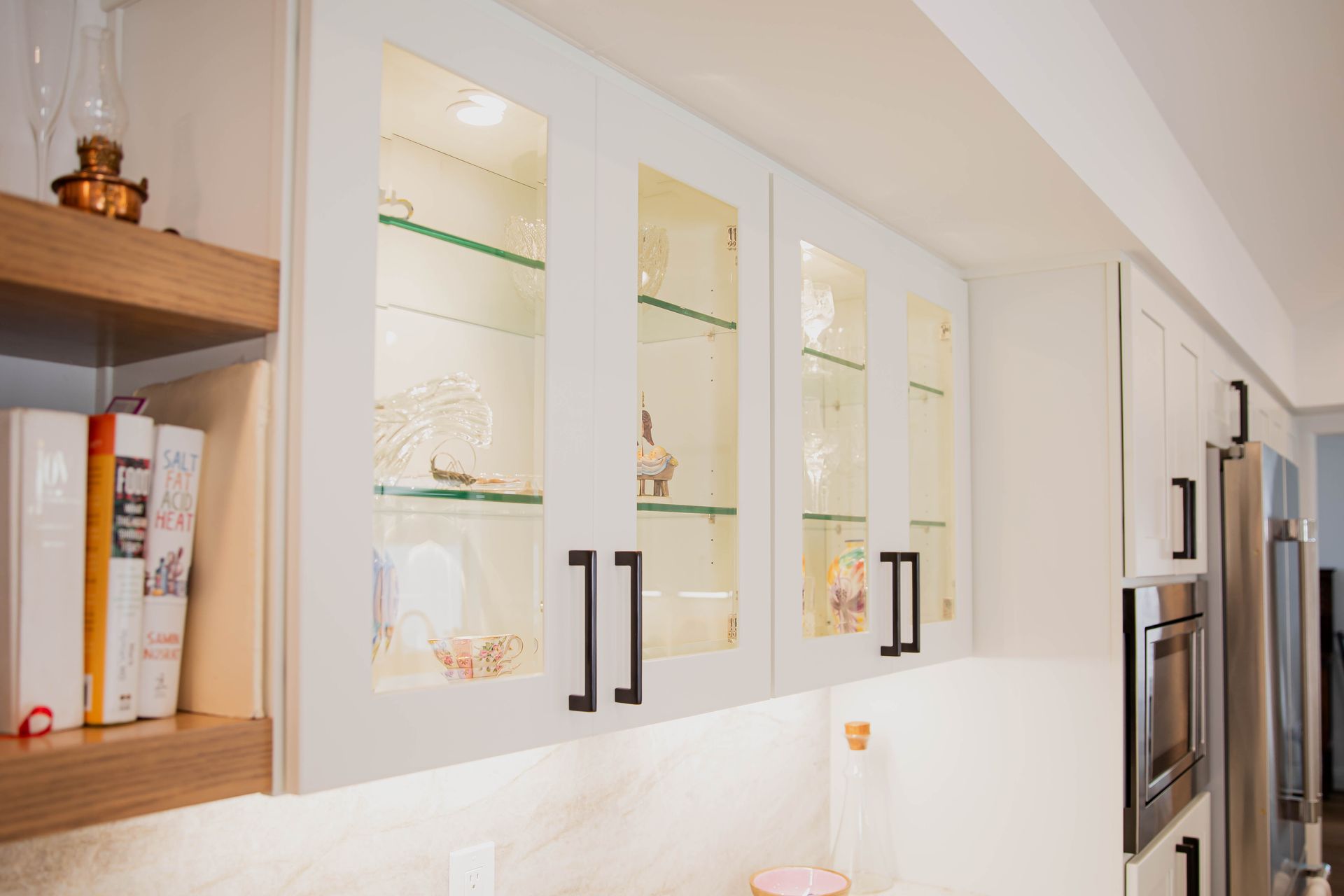Renovating your home doesn’t have to be an expensive ordeal. With some strategic planning, DIY spirit, and smart choices, you can refresh your space without depleting your savings. Here’s how to undertake home renovations that are both budget-friendly and impactful.
Prioritize Your Projects
Before you start, it’s important to prioritize which projects will have the most significant impact and are necessary for your comfort and the home's functionality. Make a list of all the updates you’d like to make, then rank them based on urgency and potential to increase your home's value. Focus on changes that offer the most noticeable improvement in aesthetics and functionality for the least amount of money.
Plan and Budget Carefully
Once you've prioritized your projects, create a detailed plan and budget. Research the average cost of the materials and, if needed, labor costs. Always add a buffer of about 10-20% for unexpected expenses. Sticking to a budget requires discipline, so track every expense to avoid overspending.
Choose Cost-Effective Materials
You don’t need the most expensive materials to achieve a stylish look:
- Repurpose or refurbish what you already have. For example, repaint your cabinets instead of replacing them, or refresh old furniture to give it a new lease on life.
- Shop around for deals on materials. Look at local hardware stores, online marketplaces, or salvage yards for discounted materials from other projects.
- Choose alternatives that look expensive but are more affordable. For example, opt for laminate countertops instead of granite, or vinyl flooring instead of hardwood.
DIY When Possible
Do-it-yourself can be a great way to save money, provided you have the right skills and tools:
- Painting is one of the easiest and most cost-effective ways to transform a space.
- Simple tiling can be learned through various online tutorials and can update a kitchen backsplash or bathroom floor.
- Installing fixtures like lighting, faucets, or even new hardware on cabinetry is typically straightforward and can dramatically enhance the look of your home.
Focus on Small, Impactful Changes
Sometimes, minor updates can make a big difference:
- Change out hardware on cabinets for a fresh look.
- Update light fixtures or add new shades to existing ones to change the ambiance of a room.
- Add new curtains or blinds to improve a room’s aesthetics and comfort.
Reduce Labor Costs
Labor can be a significant part of renovation costs:
- Do your own demolition if the project requires it. Removing old flooring, tiles, or cabinets can save you a lot on labor costs.
- Learn new skills through classes or online videos that can allow you to take on more complex projects.
- Barter with friends and family who have the skills you need. Offer something in exchange for their help with your renovation projects.
Engage Expert Renovation Contractors for Specialized Tasks
While DIY projects can save money, knowing when to call in expert renovation contractors is crucial. Professionals should handle Complex tasks requiring specialized skills, such as electrical work, plumbing, or structural modifications, to ensure safety and compliance with local building codes. Hiring experienced contractors guarantees that the work is done right and can prevent costly mistakes and future problems. When choosing a contractor, always check references, verify licenses and insurance, and get multiple quotes to ensure you receive a fair price for quality work. Investing in professional help for critical aspects of your renovation can ultimately save you money and add value to your home.
Conclusion
Refreshing your home on a budget is possible with careful planning, creativity, and some elbow grease. Prioritize the projects that will make the most impact, choose cost-effective materials, and don't hesitate to do some of the work yourself. Following these tips, you can transform your space without emptying your wallet.




